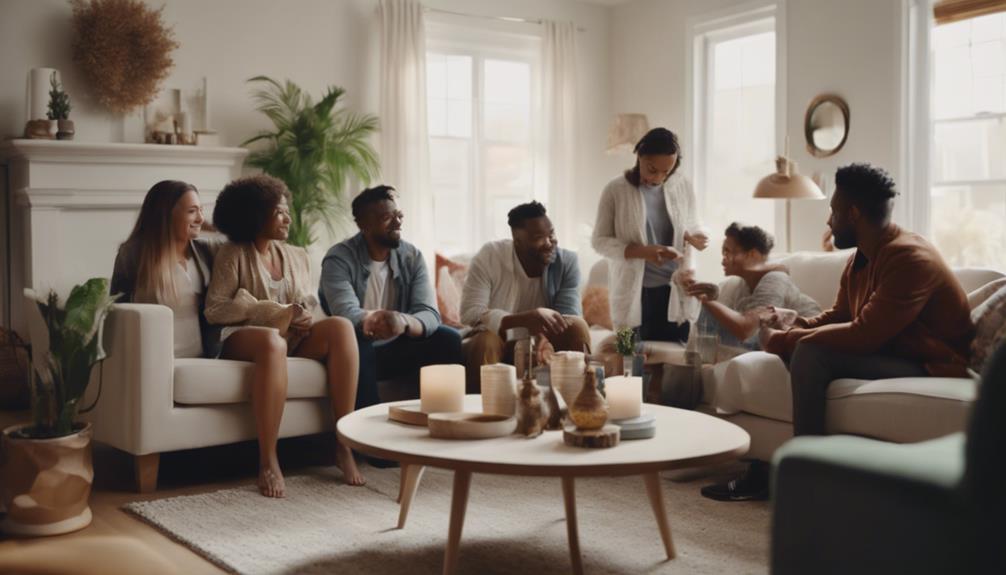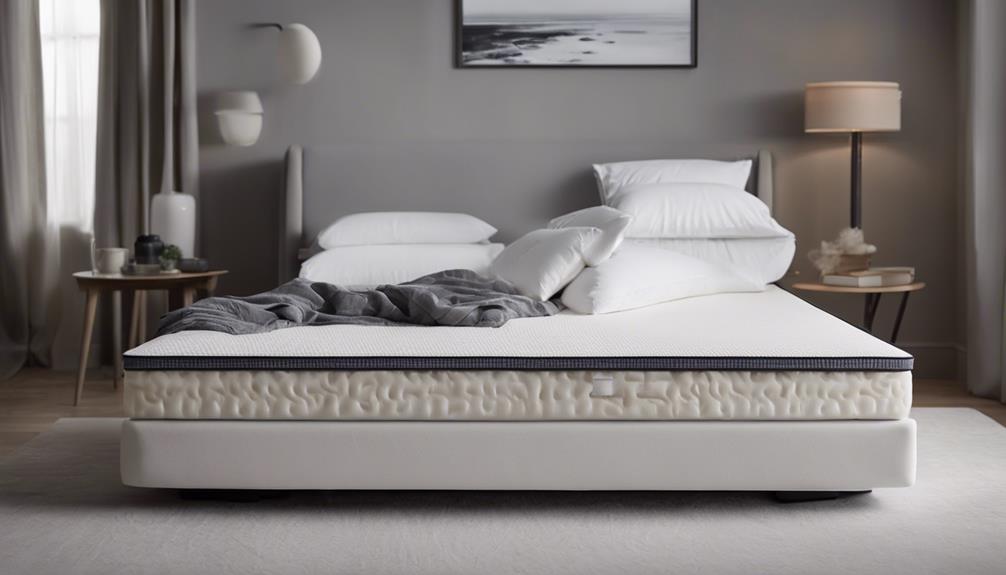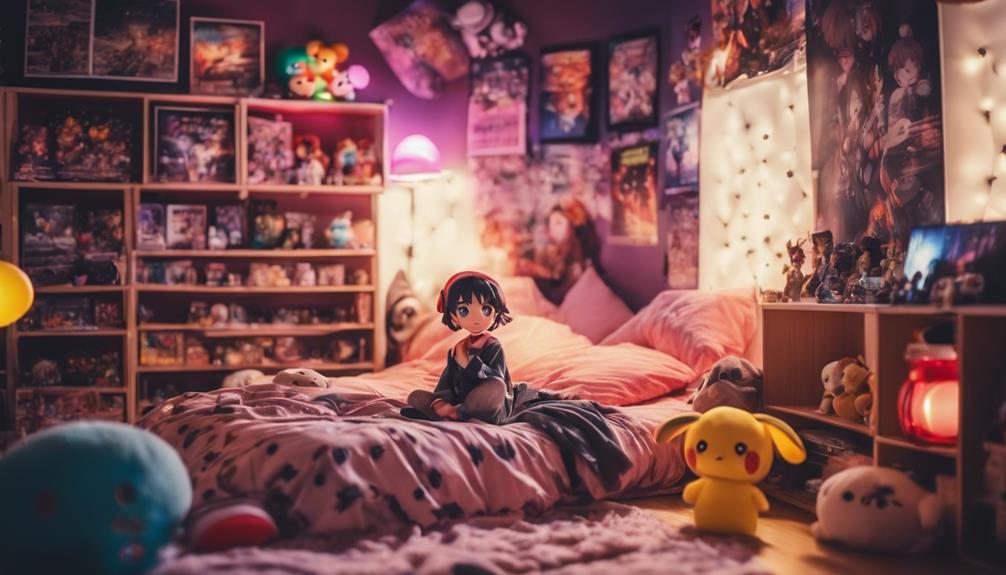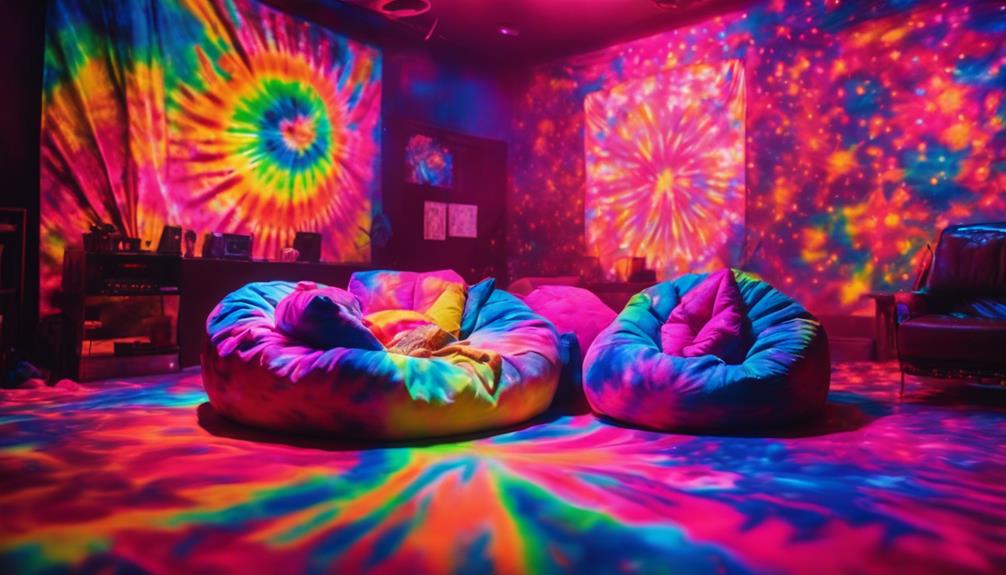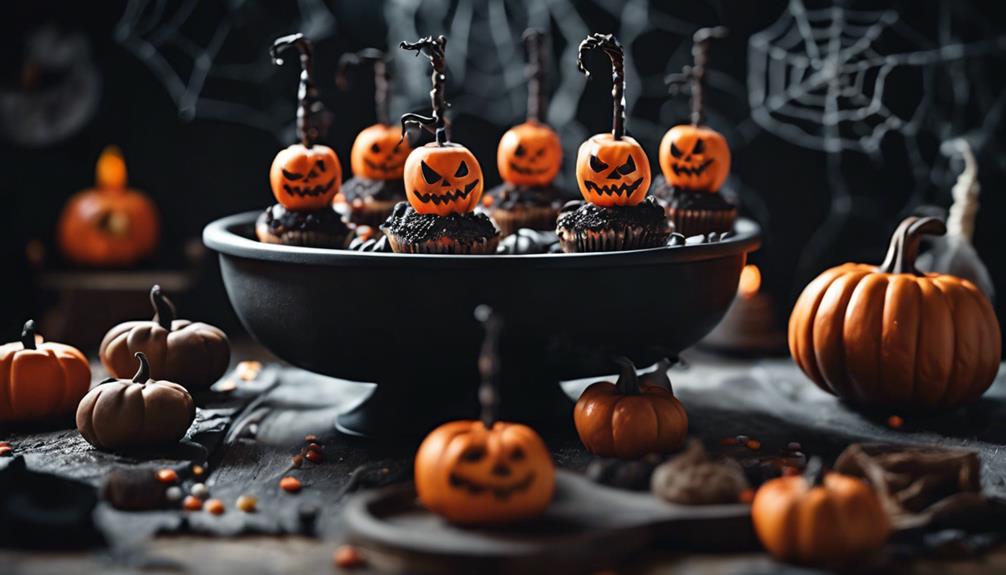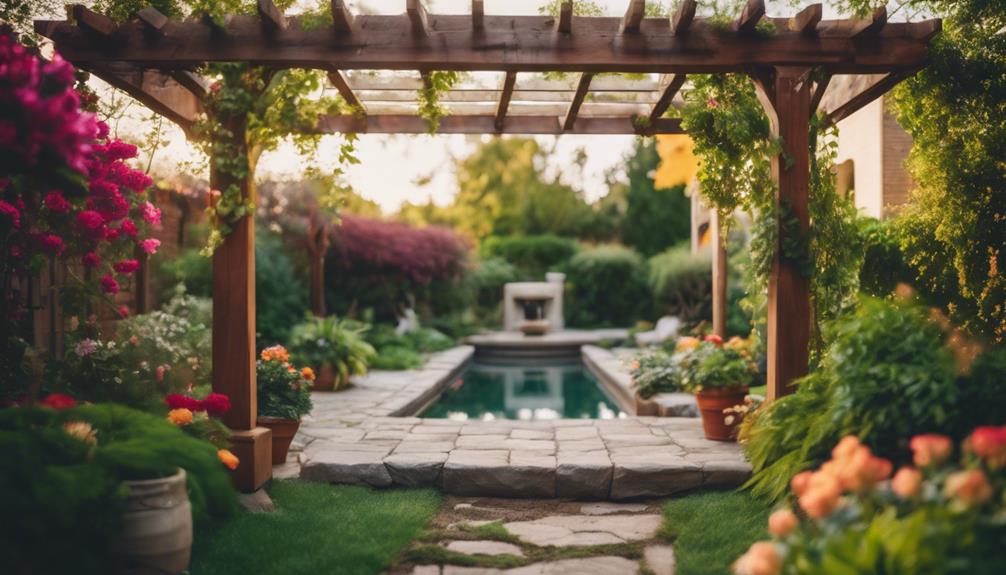At Home Decor is currently owned by Hellman & Friedman after a $2.8 billion acquisition deal reshaped its ownership landscape. This change has brought about significant shifts in the strategic direction of the home decor retailer, indicating a new chapter in its growth and development. If you're curious about the implications of this ownership switch and how it may impact the future trajectory of At Home, there's more insightful information available regarding their expansion plans and customer-centric focus.
Key Takeaways
- At Home Decor is owned by Hellman & Friedman.
- Hellman & Friedman acquired At Home in a $2.8 billion deal.
- Shareholders will receive $36 per share in cash.
- The ownership change is pending shareholder approval.
- At Home aims for significant expansion with over 600 stores in the future.
AEA Investors Acquires At Home
Upon acquiring At Home in October 2011, AEA Investors initiated a significant ownership change for the home decor retailer, marking a pivotal moment in the company's trajectory. This acquisition by AEA Investors was particularly remarkable because, at the time, At Home was known as Garden Ridge Pottery. AEA Investors played a critical role in providing equity funding for the Garden Ridge LBO, which set the stage for the company's rebranding and growth strategies.
The involvement of AEA Investors brought about a shift in the company's direction, leading to a new chapter in its evolution as a prominent player in the home decor industry. This change in ownership not only injected fresh capital into the business but also paved the way for innovative approaches to branding and market positioning. As a result, At Home was able to commence on a journey towards enhanced growth and expansion, solidifying its position as a leading retailer in the home decor sector.
Impact of Private Equity Ownership
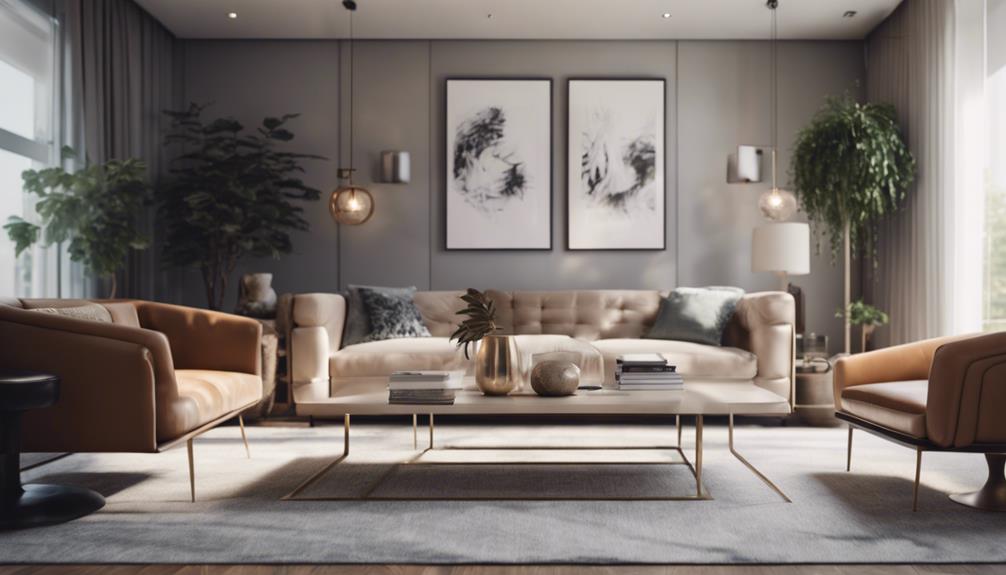
Private equity ownership by Hellman & Friedman equips At Home with the resources necessary to enhance its customer experience, aligning with the company's long-term growth strategy and plans for store expansion. This change in ownership marks a pivotal moment for At Home, as it shifts from public ownership under AEA Investors to private equity under Hellman & Friedman. The infusion of resources from Hellman & Friedman provides At Home with the means to invest in improving the overall customer experience through various initiatives. This shift in ownership also sets the stage for At Home to pursue its ambitious long-term growth plans, including increasing its store presence to reach more customers across different regions.
- At Home gains access to increased financial resources.
- The focus shifts towards enhancing the customer experience.
- Long-term growth strategy is aligned with the new ownership structure.
- Store expansion plans can now be accelerated.
- Shareholders benefit from the $2.8 billion all-cash acquisition deal.
At Home's Growth Strategies
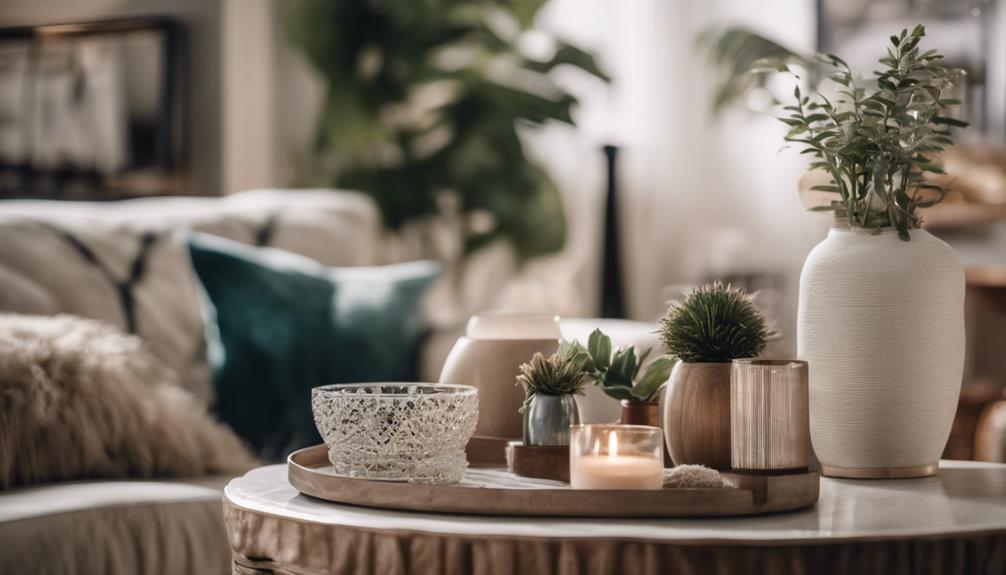
Emphasizing innovation and expansion, At Home's growth strategies center on optimizing customer experiences and maximizing market reach. With plans to open 12 to 15 new stores this year, the company is clearly focused on expansion. Currently operating 226 locations across 40 states, At Home has established a widespread presence. Each store, averaging about 100,000 square feet, offers a diverse product assortment of over 50,000 home décor items, providing customers with a wide range of choices.
Under the At Home 2.0 strategy, the company aims to enhance the customer experience further, signaling a commitment to long-term potential. The goal is ambitious, with plans to operate over 600 At Home stores in the future. By consistently evolving to meet customer needs and preferences, At Home is positioning itself for sustained growth and success in the competitive home décor market.
A Closer Look at Ownership Structure

Taking a closer look at At Home's ownership structure reveals that the private equity firm Hellman & Friedman currently owns the home decor company. The acquisition deal by Hellman & Friedman for At Home was valued at $2.8 billion, indicating a pivotal shift in ownership structure. Shareholders of At Home are set to receive $36 per share in cash as part of this acquisition. The ownership change to Hellman & Friedman is pending approval from the shareholders, marking an essential phase in the company's history. This move will reshape the dynamics of At Home's ownership structure and potentially influence its future direction.
- Private equity firm Hellman & Friedman owns At Home decor
- Acquisition deal valued at $2.8 billion
- Shareholders to receive $36 per share in cash
- Ownership change pending shareholder approval
- Signifies a significant shift in ownership structure
Future Outlook for At Home
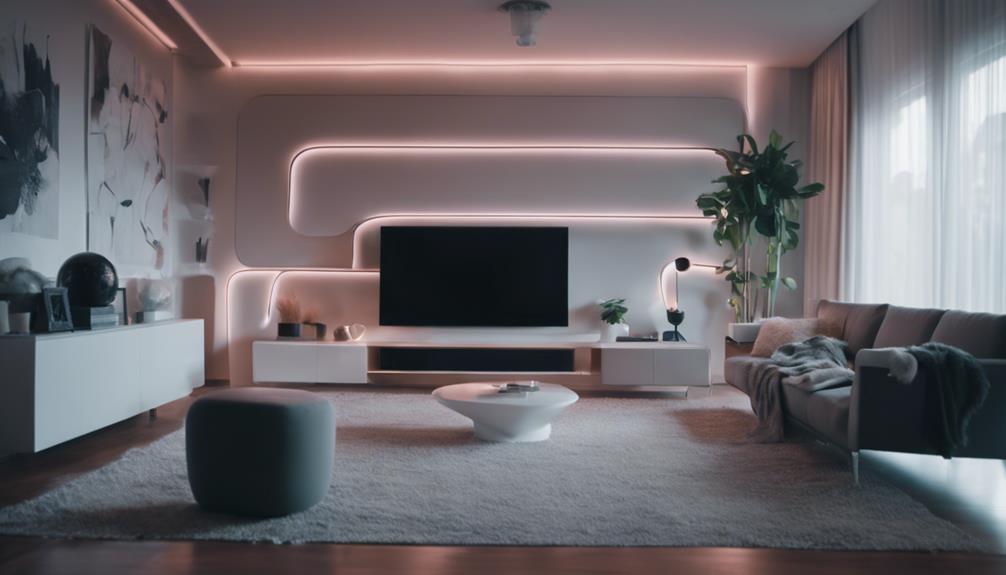
Looking ahead, our focus for At Home remains centered on strategic expansion and customer-centric growth initiatives. With plans to open 12 to 15 new stores this year, At Home demonstrates a strong commitment to expansion and growth. Currently operating 226 locations across 40 states, each with an average size of approximately 100,000 square feet, At Home offers an extensive selection of over 50,000 home décor items to cater to diverse customer preferences. The At Home 2.0 strategy outlines a vision to operate over 600 stores in the long term, highlighting the company's ambitious growth plans.
The recent opening of the first At Home store in New York City in April signifies the brand's strategic focus on reaching new markets and customers. This expansion into a major metropolitan area reflects At Home's dedication to broadening its presence and offering its unique home décor shopping experience to a wider audience. As At Home continues to grow and open new store locations, the future outlook for the company appears promising, with a clear trajectory towards further success and market penetration.
Frequently Asked Questions
Who Owns at Home & Homegoods?
We own At Home, while HomeGoods is a separate entity owned by TJX Companies.
At Home was recently acquired by private equity firm Hellman & Friedman for $2.8 billion. The deal includes debt assumption and a $36 per share cash offer for shareholders. The acquisition is set to close in the third quarter of 2021 pending shareholder approval.
At Home operates 219 stores in 40 states and is valued at over $2 billion.
Are at Home and Homegoods the Same Company?
No, At Home and HomeGoods aren't the same company. At Home is owned by Hellman & Friedman, while HomeGoods is under TJX Companies. These two entities operate independently in the home decor retail sector, serving different customer bases.
Knowing this distinction helps consumers make informed choices when shopping for home decor items. It's like comparing apples and oranges – similar but distinct.
What Did "At Home" Used to Be Called?
At Home used to be called Garden Ridge Pottery before rebranding in 2014. The company changed its name and branding to At Home during a rebranding project.
The new logo featured a house symbol replacing the 'o' in Home. This change marked a significant shift in the company's identity, from its original name of Garden Ridge Pottery to the current At Home branding that we recognize today.
Is at Home a Public or Private Company?
At Home Group Inc. is shifting from a public to a private company due to its acquisition by Hellman & Friedman for $2.8 billion in an all-cash deal. Shareholders will receive $36 per share in cash, and the deal is expected to finalize in the third quarter of 2021, pending shareholder approval.
This change is part of At Home's strategy to expand its store presence and enhance customer experience under private ownership.
Conclusion
To sum up, the acquisition of At Home by AEA Investors marks a new chapter in the company's growth trajectory. With private equity backing, At Home is poised to implement ambitious strategies and expand its market presence.
The future outlook for At Home is promising, as it navigates through this shift with a focus on innovation and customer satisfaction. As At Home continues to evolve, it symbolizes resilience and adaptability in the ever-changing retail landscape.
